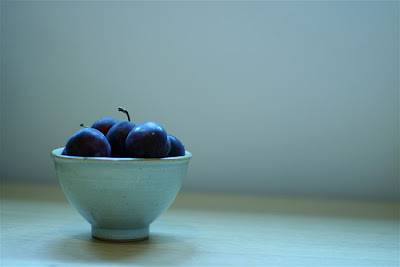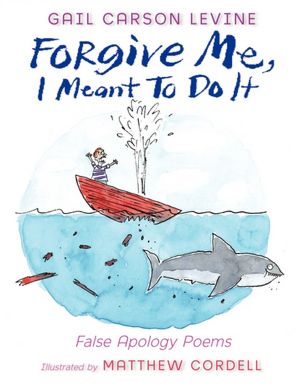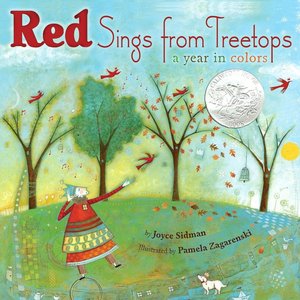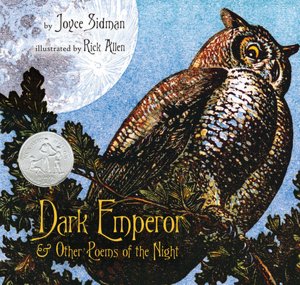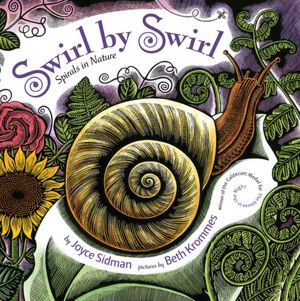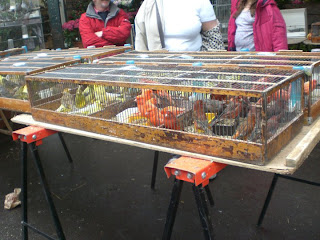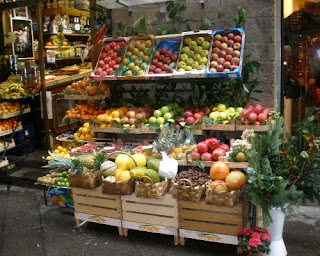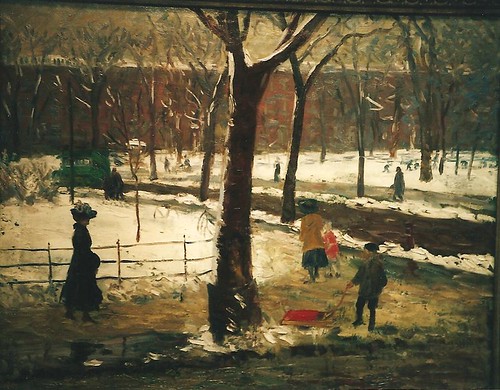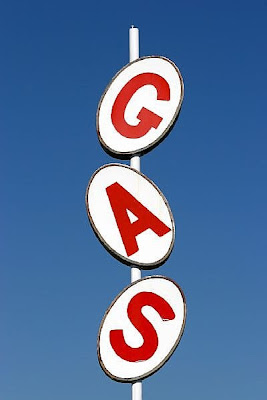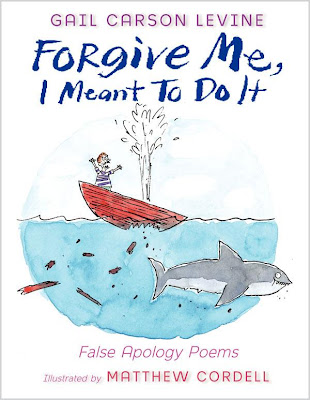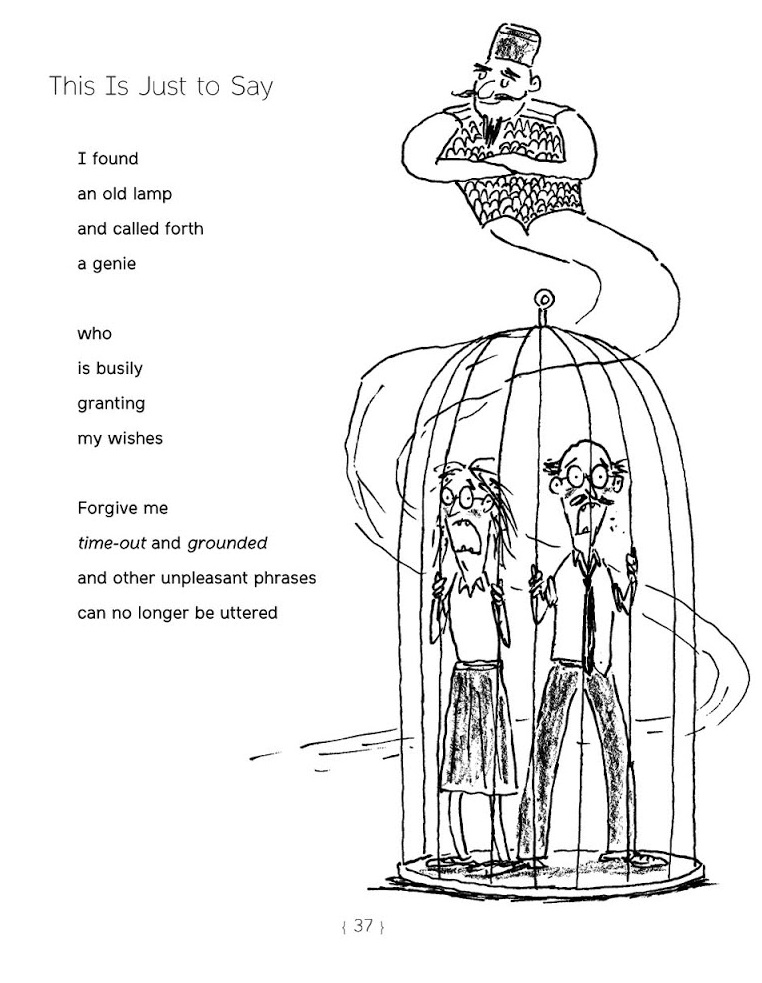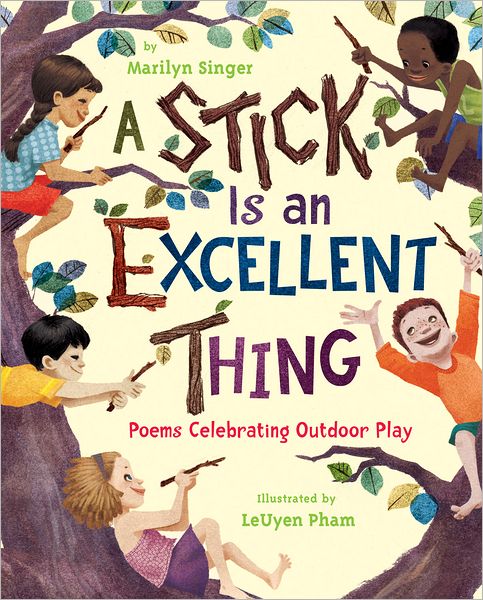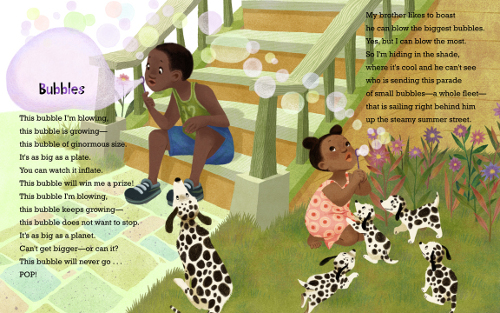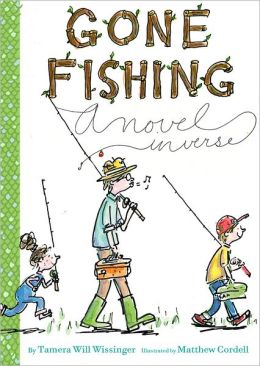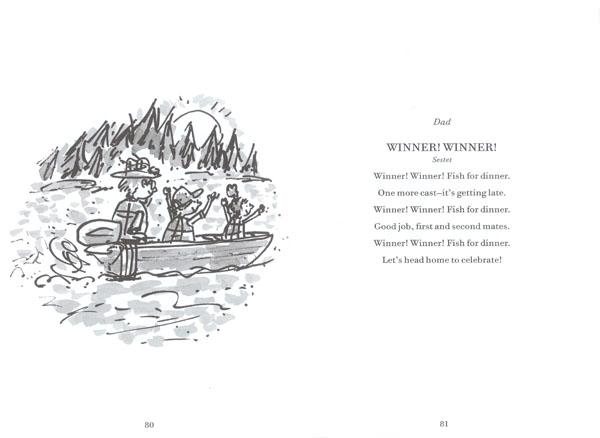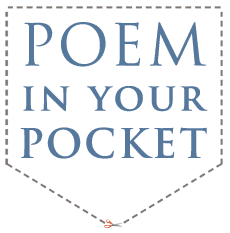
Before I dive into the review, I need to applaud
Harriet Russell for the cover illustration on
Eleanor & Park, designed and art directed by Olga Grlic at St. Martin's Press. It is elegant, distinctive and captures the essence of the characters in the novel in ways that so few covers do. As Rainbow Rowell says about the process of creating the cover art
here, "Eleanor would
totally read this book."
Everything about
Eleanor & Park by
Rainbow Rowell feels real and immediate, painfully and achingly so. While I managed to spread the experience of reading this breathtaking book out over the course of three weeks (this IS the kind of book you don't want to end, both because it's so good you want it to last forever but also because you know that it will make you cry) I could have easily read it in one sitting.
John Green's succinct, praise filled review of
Eleanor & Park in
New York Times Book Review is impressive coming from someone who, judging by his superb books and enthusiastic fan base, clearly remembers and understands adolescence and knows how to write about it in a way that has appeal beyond his targeted audience. Of the book he writes, "There’s bullying, sibling rivalry, salvation through music and comics, a monstrous stepparent — and I know, we’ve seen all this stuff. But you’ve never seen
Eleanor & Park. Its observational precision and richness make for very special reading.
Eleanor & Park reminded me not just what it’s like to be young and in love with a girl, but also what it’s like to be young and in love with a book." Coming from Green, this should be enough to make you run out (or run to your nearest bookselling website) and buy
Eleanor & Park right now. However, as someone who was a senior in high school in 1986 and a transplant at the start of my sophomore year from the city to the sticks where no one had even heard of Duran Duran or R.E.M., let alone Joy Division, XTC or Prefab Sprout, as well as someone who did not have the body shape, coloring or wardrobe of the popular blond cheerleaders,
Eleanor & Park hit me hard. If you want to hear me blather on about this book and how amazing it is to read the thoughts, fears and worries of a protagonist who does not wear a size 4 or even a size 10 and the electrical vividness with which Rowell captures the wonderment of a first, intense attraction, read on! Otherwise, really, just buy this book now.
Set in Omaha, Nebraska, the story starts at the beginning of sophomore year for Eleanor and Park and the point of view alternates between these two outsiders. At sixteen, Eleanor is "already built like she ran a medieval pub." She is "big and awkward. With crazy hair, bright red on top of curly. And she was dressed like . . . like she wanted people to look at her. Or maybe she didn't get what a mess she was. She had on a plaid shirt, a man's shirt, with half a dozen weird necklaces hanging around her neck and scarves wrapped around her wrists." Park is into alternative music, long before it was ever called that. He helps his Korean mother (his parents met while his dad was stationed there) out with her garage-based beauty salon, letting her try out make-up on him. Park definitely likes girls, but he is just different enough in his interests and appearance in this white bread town at a time when Bon Jovi and spiral perms were popular that he questions his identity. Eleanor and Park's relationship begins on the school bus with frustration and indifference and grows into that thrilling, charged relationship that happens at an age when you are just starting to have musical and literary tastes (that you think define who you are) and you meet someone who shares your interests. Eleanor "eavesreads" comic books (Watchmen, X-Men) over Park's shoulder on the bus. He notices and begins to slow his pace and measure his page turns to keep pace with Eleanor. Eventually, he brings her a stack of comic books to borrow. Then he notices the band names she has written on the jackets of her textbooks and they begin to talk about music. I guess part of what makes the evolving relationship between Eleanor and Park so charged and exciting is that it happened during a time when there were still new things to be discovered and the internet didn't inform us of all creative (and not-so-creative) endeavors instantly. You had to go to the record store, buy the record, then make a tape recording of it if you wanted to share your music with someone. You couldn't just go to YouTube and find almost anything ever recorded and listen to it for free. You had to read magazines to learn about the bands you like, and sometimes those magazines had to be imported from the UK.
Park shares music with Eleanor, even though she declines because, while she has a Walkman, she doesn't have the money to buy batteries for it. Eleanor, the oldest of five children, is so poor that she thinks about asking her school counselor to buy her a toothbrush. But she's not just cash poor, she isn't free to truly exist in her own home. Her stepfather kicked her out a year ago and he has just allowed her to return but he is always watching her. Violent and often drunk, he makes her mother's life a nightmare and Eleanor goes out of her way to avoid him. If she doesn't have anything then he can't take anything from her. But, she works with the meager belonging she carries back home in a grapefruit box and the garbage bag of possessions that she left behind a year ago and her mother was able to hang on to for her. She stands out because of her size and fair skin and red hair anyway. Thinking about the way Eleanor dresses and does her hair Park realizes that Eleanor tried so hard to look different "because she was different - because she wasn't afraid to be. (Or maybe she was just more afraid of being like everyone else.)" It is her poverty, her controlling, out of control stepfather, her fear of him and her differentness that keep her guarded and continually surprised by Park's attraction to and affection for her. And, it is this (as well as the time before internet and cell phones) that allows their relationship to unfold slowly and gratifyingly over the course of the novel. Rowell takes up two pages of back and forth inside Park and Eleanor's heads describing the first time they hold hands on page 72. Park thinks, "Holding Eleanor's hand was like holding a butterfly. Or a heartbeat. Like holding something complete, and completely alive." Eleanor disintegrated and later wondered of the place where Park rubbed her palm with his thumb, "how could it be possible that there were so many nerve endings all in one place? And were they always there, or did they just flip on whenever they felt like it? Because, if they were always there, how did she manage to turn a doorknob without fainting?"
The dual point of view also allows for stunning moments that remind you that you can never truly, completely know anyone and that how miserably we sometimes fail to express and communicate the thoughts going on inside of us. When Eleanor finds her clothes clogging the toilet in the girl's locker room after gym class, she is forced to walk the hallways to her counselor's office in her gym suit. Not only is it ugly, "Polyester. One-piece. Red and White stripes with an extra-long white zipper," it is too small. It just clears her underwear and the fabric is stretched so tight across her chest, "the seams were starting to pop under her arms." Already mortified, Eleanor is then humiliated when Park sees her and his face turns red. Eleanor assumes he is embarrassed for her, repulsed by her body, which is usually covered in layers of clothes. Instead, Park is entranced. He can't stop thinking about her ("Why hadn't he expected her to be so grown up? To have so much negative space? He closed his eyes and saw here again. A stack of freckled heart shapes, a perfectly made Dairy Queen ice cream cone. Like Betty Boop drawn with a heavy hand.") and he knows he can never look at her again without thinking about that long, white zipper. Eleanor and Park have almost no time or place to be alone and their first and only real make-out session comes near the end of the book. Rowell describes these moments meaningfully and discreetly and captures the "first-ness" of it all. And maybe (one of) the reason I read
Eleanor & Park so slowly is because Rowell lets the reader know right from the start in the prologue that these two don't have long together. Despite this, the end is still hard to take, but Rowell wraps it up in a way that makes sense for her story and her characters. And in a way that makes you reflect and think. For me, there was a fair amount of nostalgia involved in reading and processing
Eleanor & Park. I would love to hear what any teenagers today think about it. Eleanor and Park are not quirky like John Green's
characters. They aren't edgy and knowing like
Nick and Norah or urban like
Dash and Lily. And, while Eleanor and Park develop their relationship over the course of the book like Etienne and Anna in
Anna and the French Kiss, they are are in Omaha and not at a boarding school for wealthy American kids in Paris. With the setting and the time, Rowell has stripped away the niceties that make YA romances often read like fantasies rather than the reality based fiction they are intended to be, leaving behind something that is raw and painful but real. Like John Green said so well,
Eleanor & Park will remind you what it's like to be young and in love with a book (if you are not young...)
For music fans, Rainbow Rowell created
playlists for Eleanor and Park that you can listen to on Spotify!
Don't miss Rainbow's newest book,
Fangirl, set in NOW. It is every bit as amazing and an all-encompassing experience like
Eleanor & Park and there is 100+ MORE pages to love!!



